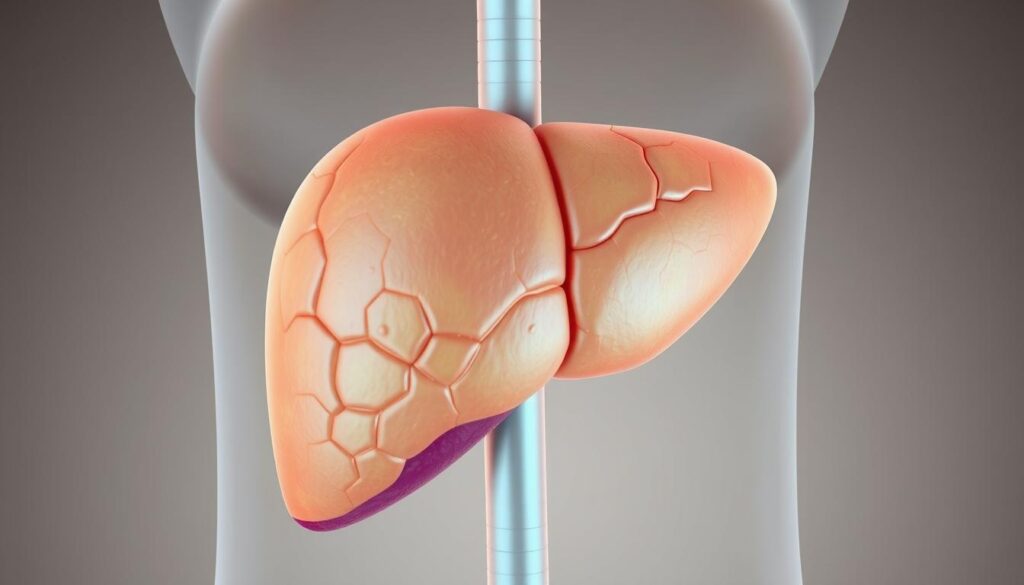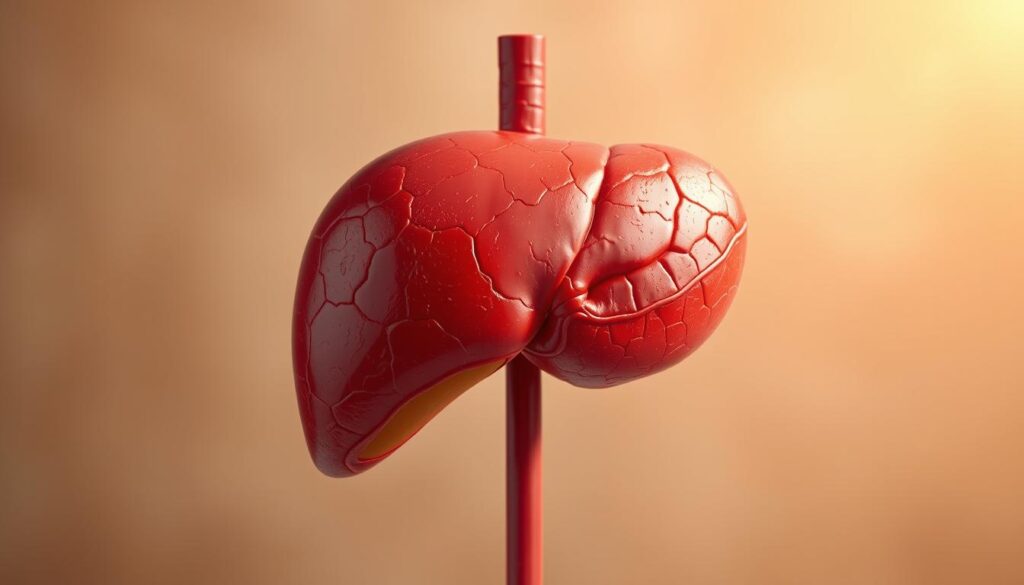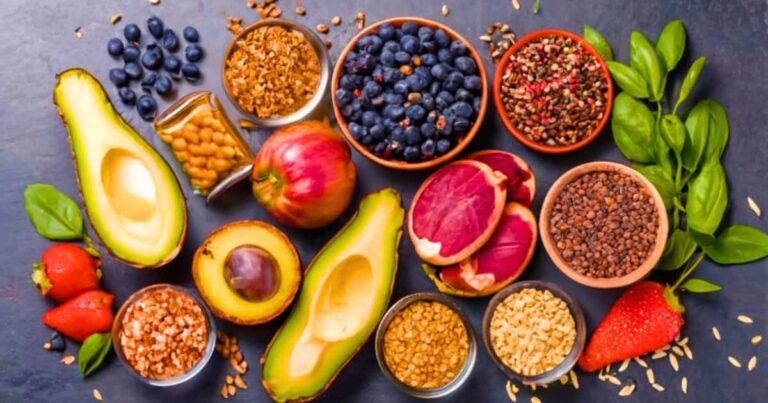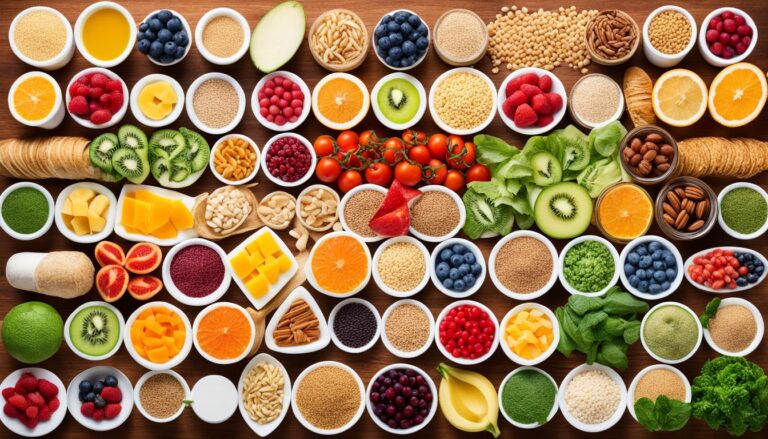Could a single snack habit be fueling your liver’s decline? Many Americans assume occasional treats are harmless yet common convenience items can speed fat buildup and inflammation in the organ.
Ultraprocessed items like sugary sodas and ready meals pack industrial sugars, refined starches, unhealthy oils, and extra salt. Recent research links high intake to a sharp rise in metabolic steatotic disease and worse liver scarring.
This short guide sets clear expectations: we name the five top culprits, explain in plain terms why each harms the organ, and offer realistic swaps you can use today to support a healthy liver. The aim is practical change not strict rules simple label tips and swaps make better choices achievable.
Key Takeaways
- Ultraprocessed snacks and sugary drinks drive fat and inflammation in the liver.
- Evidence shows higher intake raises risk of metabolic steatotic disease and scarring.
- Small swaps oatmeal, leafy greens, nuts, and fatty fish help protect liver health.
- Reading labels for added sugars, sodium, and unhealthy fats empowers better choices.
- The list highlights the most harmful items and gives practical, everyday alternatives.
Why diet matters for fatty liver disease right now
What you eat today directly shapes how your liver handles fat and inflammation. The liver filters toxins, processes nutrients, produces bile, and keeps blood sugar steady. When excess fat accumulates hepatic steatosis the organ can inflame and weaken over time.
Research links ultraprocessed items high in saturated fats fructose, HFCS, and salt to higher risk of metabolic steatotic disease and worse outcomes. A 2023 Nutrients study found a 42% greater MASLD risk in people with high ultraprocessed intake, and a 2022 study connected higher consumption to more liver fat and scarring.

How food choices drive risk
Excess sugars and unhealthy fats feed fat buildup. Refined grains and sugary drinks spike blood sugar, prompting the liver to convert extra carbs into stored fat.
Choosing whole foods oatmeal, leafy greens nuts, fatty fish and brewed coffee or green tea can lower disease risk and support normal liver function.
| Diet element | Effect on the liver | Practical swap |
|---|---|---|
| Ultraprocessed products | Raise inflammation and liver fat | Whole meals, home cooked options |
| Added sugars / HFCS | Boosts fat synthesis in the liver | Water, unsweetened tea, fruit |
| Refined grains | Spike blood glucose and insulin | Whole grains like oats and quinoa |
| High saturated fat meals | Promote inflammation and damage | Lean proteins, fatty fish, nuts |
- Small, consistent swaps reduce long term risk.
- Label reading helps spot hidden sugars, sodium, and unhealthy fats.
- These diet steps pair with lifestyle changes to ease the liver’s workload.
5 foods prohibited for patients with fatty liver
Certain common convenience and takeout choices raise the odds of fat buildup and scarring in the liver. Below are the main culprits and the reasons they matter.

Ultraprocessed products
Why it matters: Packaged snacks, sugary cereals, and ready meals often combine saturated fats, fructose, and HFCS with high sodium. Studies show higher ultraprocessed intake links to greater MASLD risk and more liver fat.
Added sugars and HFCS
Sweets, desserts, and sweet drinks deliver rapid sugars the body stores as fat. Cutting these reduces the metabolic drive that makes liver disease worse over time.
Fried and high saturated fat meals
Burgers, fries, and breaded items soak up oil and add calories. Their saturated fats increase inflammation and raise obesity related risk.
Refined white grains
White bread, pasta, and plain white rice spike blood glucose. Swap whole grains to blunt sugar rises and limit downstream fat storage.
Alcohol and excess sodium
Alcohol strains liver cells high salt diets add metabolic stress. Both worsen outcomes and should be limited and discussed with your clinician.
Small, consistent swaps beat strict rules—label reading helps you choose better.
| Item | Main harm | Practical swap |
|---|---|---|
| Ultraprocessed snacks | Inflammation, more liver fat | Whole snacks, nuts, fruit |
| Added sugars / HFCS | Drives fat synthesis in the liver | Water, unsweetened tea, fruit |
| Fried / high saturated fat meals | Raises inflammation, calories | Grilled or baked lean protein |
| Refined grains & alcohol | Spike glucose add strain | Whole grains limit drinks |
Smarter swaps and habits to support a healthy liver
Simple swaps at meals and snacks make a big difference for liver function and long term health. Small changes add up and help control weight, steady blood sugar, and lower inflammation.

Label reading strategies
Choose short ingredient lists and lower sugar, saturated fat, and sodium per serving. Scan labels for added sugars and oils high in saturated fat. Favor products that list olive oil or canola oil rather than solid fats.
Better everyday picks
Make oatmeal your go to breakfast its fiber supports weight control and liver cell health. Add leafy greens for antioxidants and keep nuts as a pre portioned snack to get vitamin E benefits.
Include fatty fish like salmon or sardines twice weekly. Coffee 2–3 cups/day and brewed green tea are good beverage options avoid green tea extract supplements.
Hydration and seasoning
Drink water instead of sweet drinks and use herbs and spices oregano, rosemary, cinnamon, cumin to cut back on salt. Cook with measured extra virgin olive oil instead of butter to control calories and support a healthy diet.
| Swap | Why it helps | Practical amount/option |
|---|---|---|
| Sugary cereal Oatmeal | Fiber lowers glucose spikes and weight gain risk developing | 1 cup cooked add fruit |
| Processed snacks Nuts | Vitamin E and healthy fats support liver | 1 oz pre portioned |
| High-fat meat Fatty fish | Omega-3s reduce liver fat | 2 servings/week |
| Sugary drinks Water coffee | Less added sugar coffee linked to protection | Water all day 2–3 cups coffee |
| Salt Herbs & olive oil | Lower sodium beneficial oil compounds | Use measured olive oil herbs to taste |
Conclusion
Small, steady changes to meals can cut risk and help your liver heal over time.
Core takeaway: Avoid ultraprocessed items, added sugars, fried and high‑saturated options, refined white grains, and excess alcohol and salt to lower the chance of liver disease progressing. Choose oatmeal, leafy greens nuts fatty fish brewed coffee or green tea, and cook with measured olive oil as practical swaps.
Manage portion sizes and track weekly consumption to support weight and reduce fat buildup. Discuss alcohol use and tailored advice with your clinician especially if you have nonalcoholic fatty or other liver diseases. Start by replacing one prohibited item per day with a whole‑food option and build from there for lasting health benefits.





